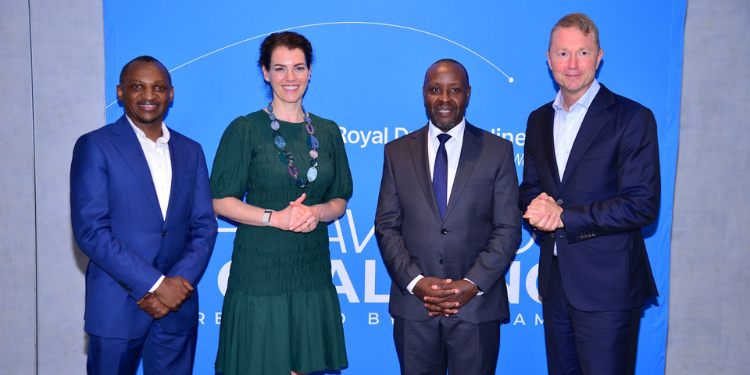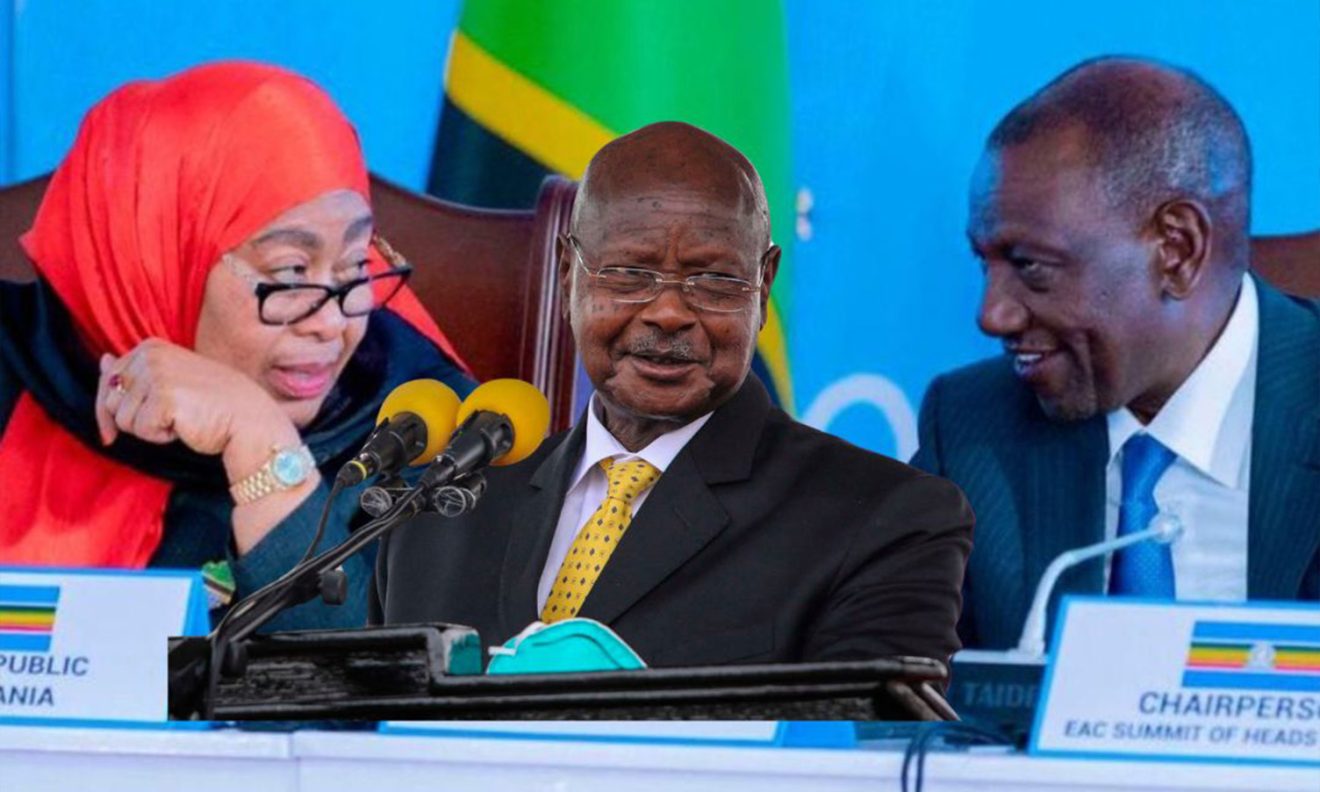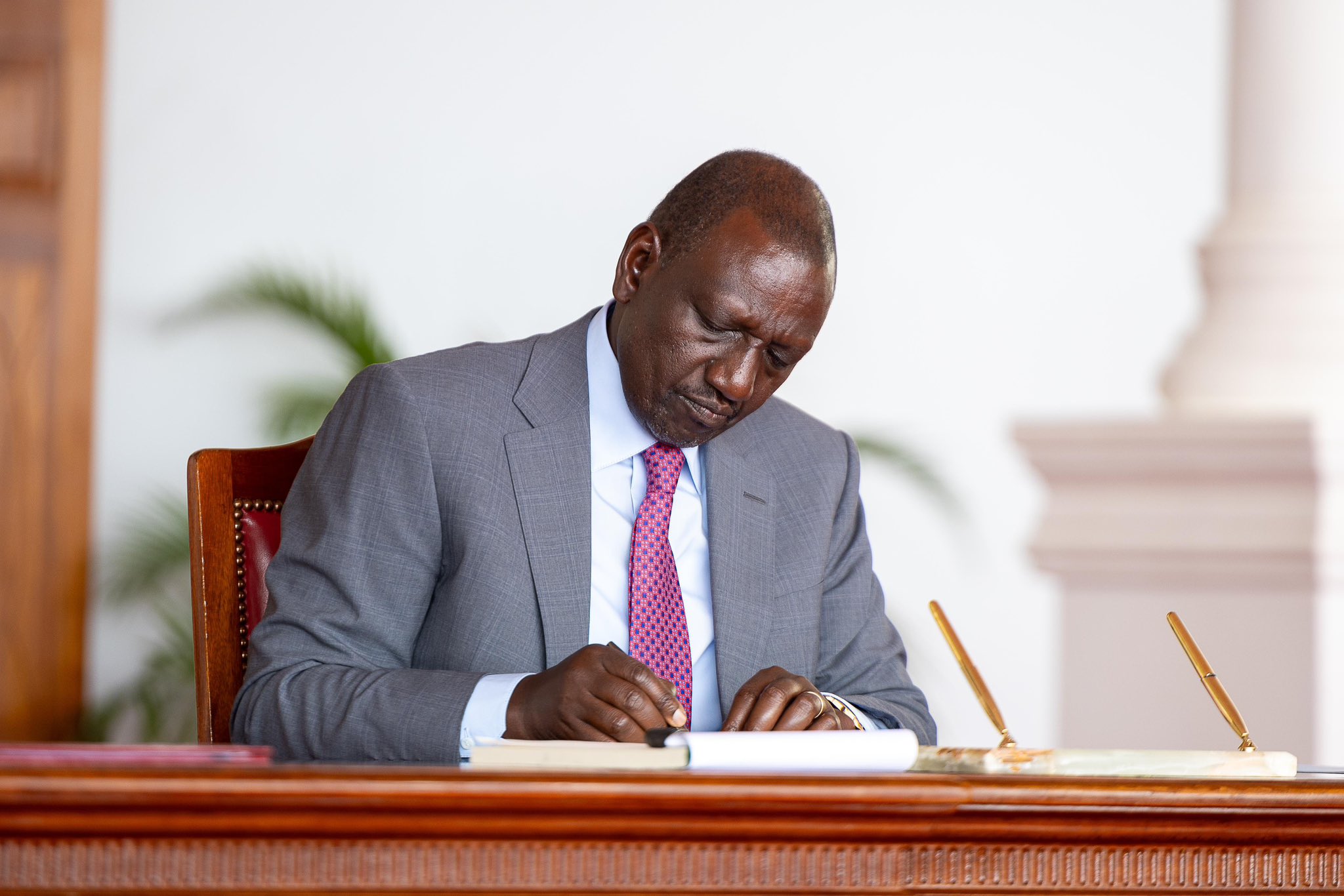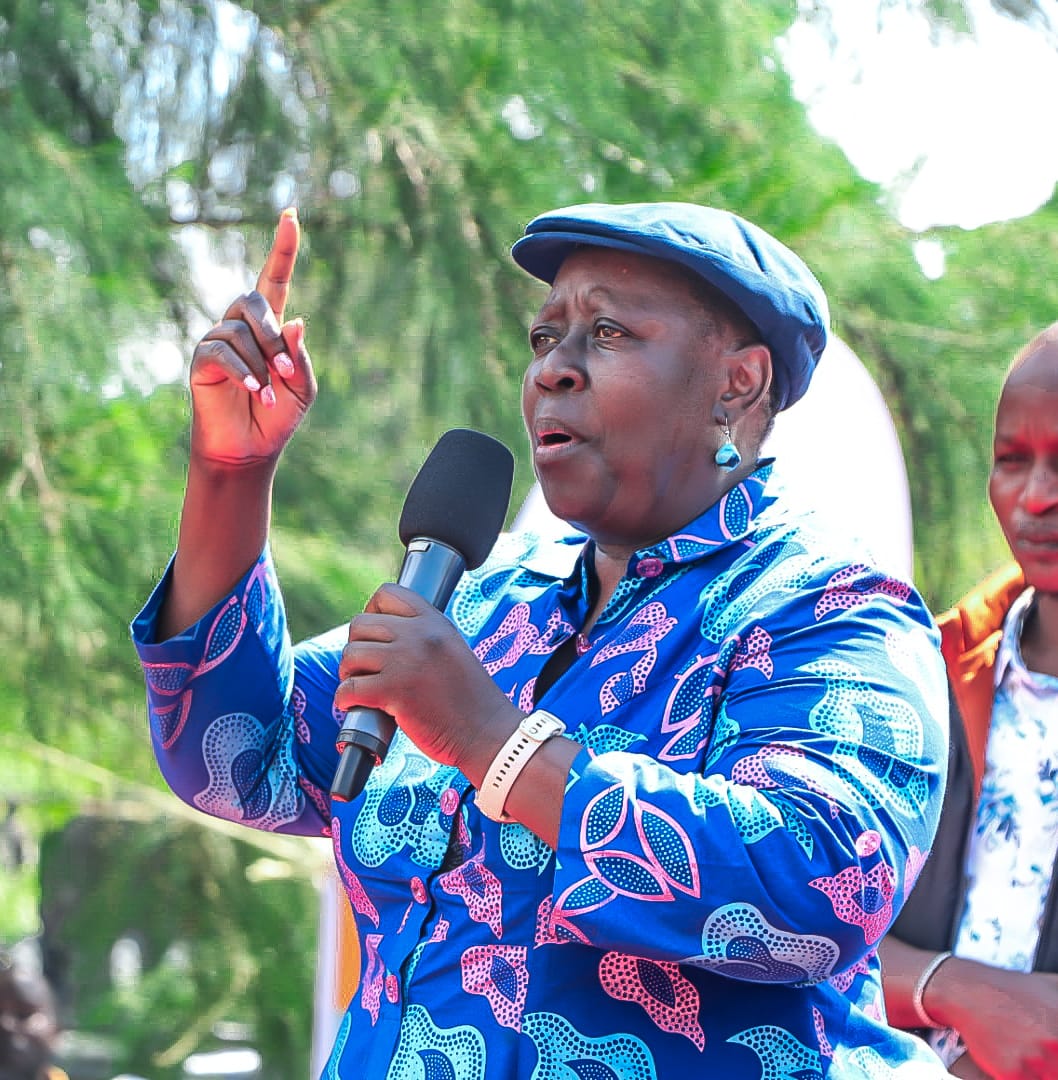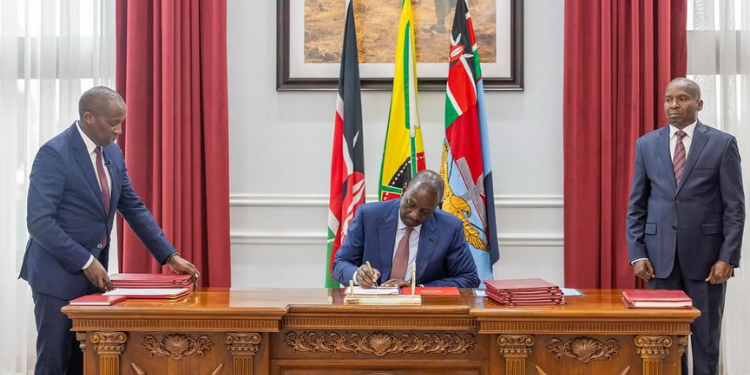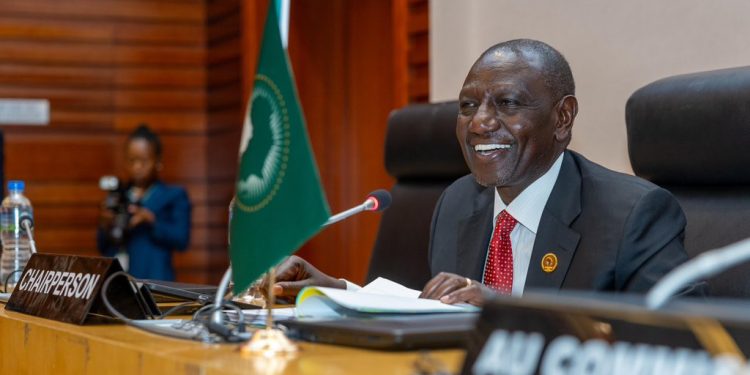A new report by the Kenya Human Rights Commission (KHRC) has revealed that the Hustler Fund, which was President William Ruto’s first major project, is a debt trap.
According to the report launched on Monday, August 4, the fund has failed to deliver economic transformation as promised.
The Fund, launched with much fanfare in 2022, has been put on the spot over poor impact, high defaults, and governance failures.
The Ksh50 billion fund was designed to offer affordable loans to low-income Kenyans locked out of the formal financial system.
However, nearly two years later, the initiative is being described by rights groups as ‘economically unsustainable,’ ‘politically compromised,’ and a trap for the hustlers it was supposed to uplift.
The report, titled Failing the Hustlers, states that the Hustler Fund has failed to meet its objectives of enterprise development and job creation.
Instead, it has pushed many borrowers, especially small-scale traders and micro-business owners deeper into debt.
Also Read: Armed Goons Attack KHRC Offices Ahead of Saba Saba Protests
KHRC Explains Exactly How Hustler Fund Drove Kenyans into Debt
According to the Commission, although over Ksh53 billion had been disbursed by September 2024, the loan amounts, usually between Ksh500 and Ksh1,000 for first-time borrowers, were too small to meaningfully support businesses.
Additionally, the repayment period of just 14 days was unrealistic, especially for informal traders operating in unpredictable economic environments.
Quick money has become dead money.
Loan sizes ranging from Ksh500 to Ksh1,000 were too small to start or grow businesses, repayment terms of 14 days were unrealistic, and disbursements were poorly matched to actual financial needs.
Further, borrowers were stressed by a mandatory five percent deduction from each loan disbursed, set aside for savings before the funds could be accessed. This reduced the usable amount even further.
Also, to qualify for higher loan limits, borrowers had to take and repay multiple loans. KHRC found that the structure locked users into a cycle of borrowing without offering the capital required for genuine business expansion.
“Beneficiaries must keep borrowing to gradually increase their limit, locking them into a debt cycle,” the report notes.
By the end of 2022, the default rate for Hustler Fund loans stood at a staggering 68.3 percent.
This meant that for every Ksh500 disbursed, Ksh340 was not recovered.
Therefore, factoring in other costs such as the average Treasury bill rate of 8.2 percent (as of December 2022) and the legally mandated three percent operational cost, the total cost to the taxpayer was estimated at 71.5 percent.
“This is not financial empowerment. It is a loss-making scheme disguised as progress,” the KHRC said.
Also Read: Govt Breaks Silence on Claims of Missing Ksh8 Billion from Hustler Fund
Legal Violations of the Hustler Fund
At the same time, the report noted that apart from economic concerns, there are multiple red flags over governance and legal compliance of the Hustler Fund.
The Office of the Auditor General was unable to conduct a full audit of the fund due to missing documentation and unsupported transactions.
Moreover, the report states that the fund was launched without an oversight board, contrary to the law, and only after legal pressure did the government appoint one.
“The Office of the Auditor General could not render an audit opinion, citing missing documentation and unsupported transactions,” the report reads.
Further, there is limited transparency around how loans are allocated, how regional disbursements are tracked, and how the fund’s performance is assessed.
The centralized oversight structure, based in Nairobi, was described as disconnected from the communities it aimed to serve.
“There was no publicly disclosed loan allocation formula, no transparency on repayment trends by region or sector, and no clear criteria for performance assessment.”
Political Over Economic Intent
KHRC argues that the Hustler Fund was more of a political promise than a financial instrument.
The initiative was launched shortly after the 2022 elections as part of the Kenya Kwanza’s bottom-up economic transformation agenda, an idea that featured prominently in President Ruto’s campaign.
Like many state-run financial inclusion programs, the Hustler Fund is a politically expedient project often rolled out after elections to fulfill campaign promises, not long-term solutions rooted in the lived realities of Kenyans.
There is a growing perception that the Fund is a political reward for voting, and therefore repayment is optional.
The evidence leads to a singular and inescapable conclusion that the Hustler Fund has failed and should be scrapped.
Therefore, KHRC has found that reforms cannot reverse the damage the Hustler Fund has caused because of its foundational flaws and recommends the initiative be scrapped.
Follow our WhatsApp Channel and X Account for real-time news updates.
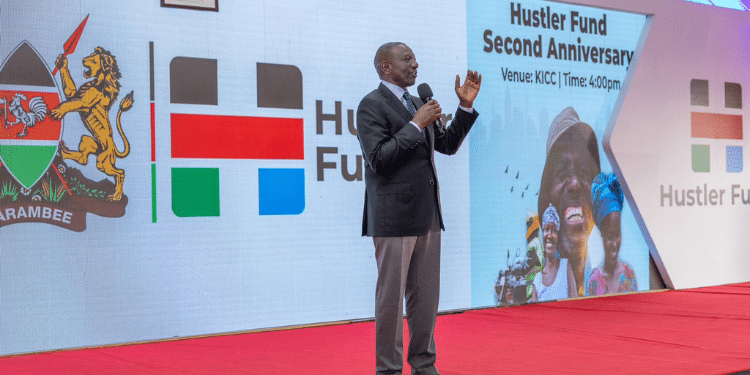





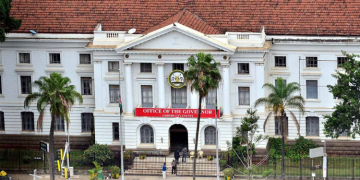
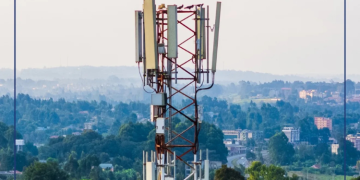












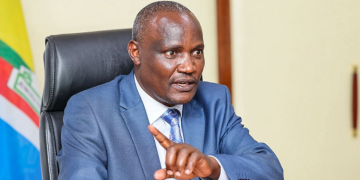

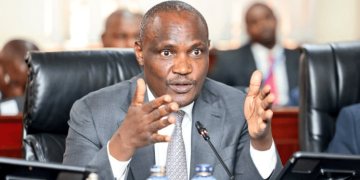
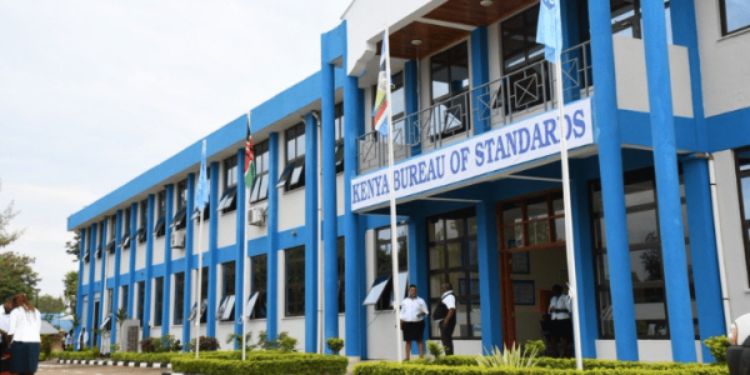

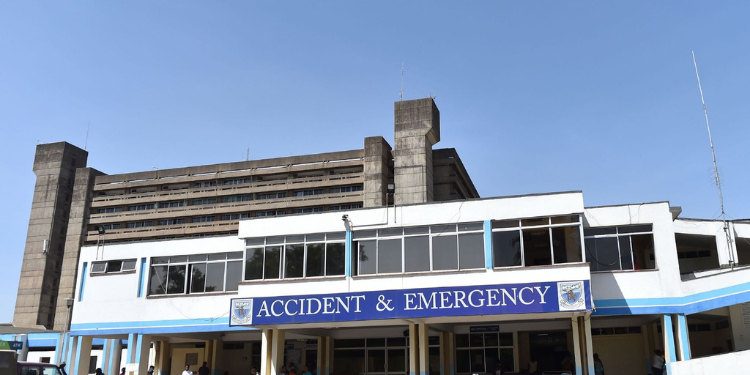




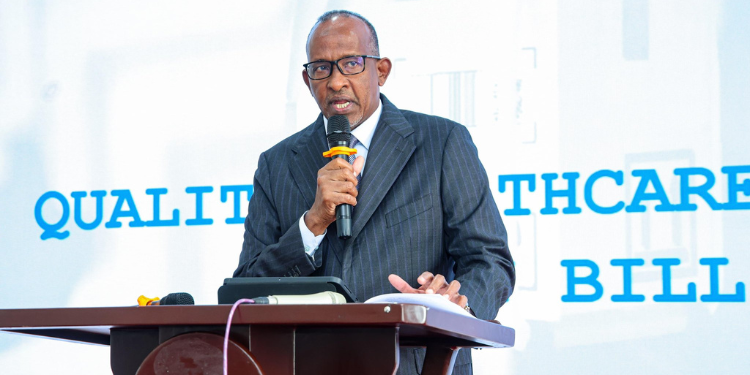






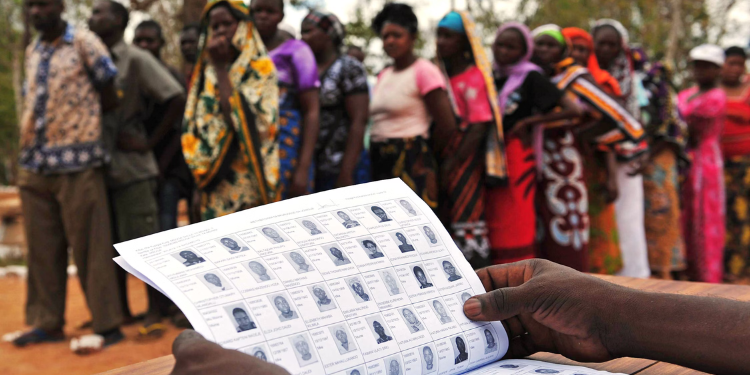





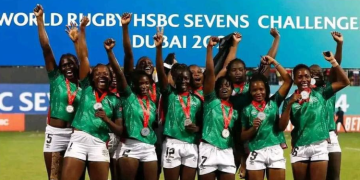
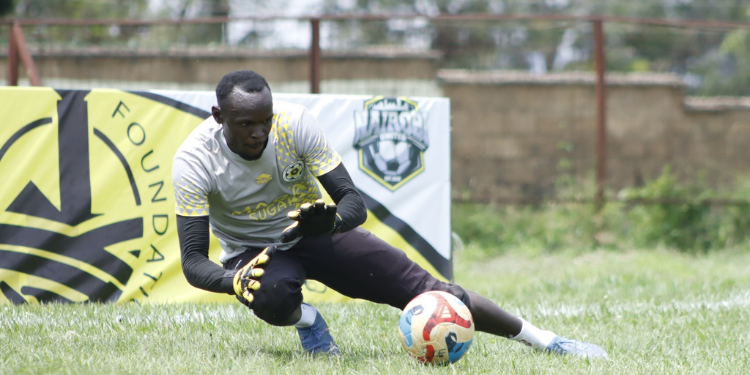





![Senator Allan Chesang And Chanelle Kittony Wed In A Colourful Ceremony [Photos] Trans Nzoia Senator Allan Chesang With Channelle Kittony/Oscar Sudi]( https://thekenyatimescdn-ese7d3e7ghdnbfa9.z01.azurefd.net/prodimages/uploads/2025/11/Trans-Nzoia-Senator-Allan-Chesang-with-Channelle-KittonyOscar-Sudi-360x180.png)






